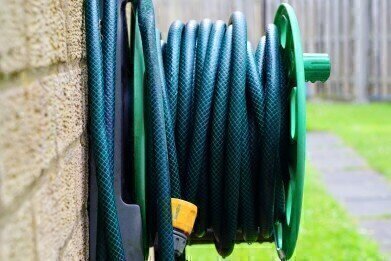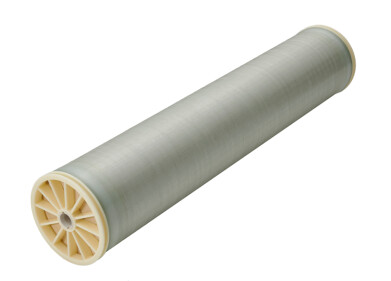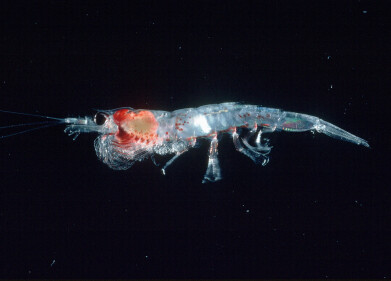Water/Wastewater
How to Recycle Your Home’s Greywater
Oct 18 2015
Water is a precious commodity across the world, and recycling it as much as possible has long been a practiced custom in developing countries. However, in many developed nations, where water shortages are rarely (if ever) a problem, we tend to take it for granted and use an incredible amount of the stuff. For example, the population of the USA increased by 52% from 1960 to 1990, but its water consumption went up by 300% in the same 30-year period!
While treating and recycling treating and recycling wastewater in an industrial sphere has been developed significantly over recent years, domestic recycling of water is still criminally under-practiced. This is where greywater can play a vital role in curbing our consumption of the most valuable of the Earth’s resources.
What is Greywater Recycling?
Greywater is the term applied to the water which comes from our bathtubs, showers and washing machines. This water is not toxic, but not quite clean or fit for human consumption – it still contains remnants of chemicals from shower gels, soaps and washing detergents, as well as the faecal matter and dead skin which comes off in the shower and bath.
As such, it’s not suitable to use for bathing or drinking, but more than adequate for flushing our toilet, watering our plants or even washing clothes in the machine again. For more information on how greywater recycling can work with the help of advanced (and sometimes expensive) technology, see the article What is Greywater Recycling?
Manual Greywater Recycling in the Home
While sophisticated greywater recycling systems can offer the most convenient and comprehensive recycling solutions for the environmentally-minded homeowner, there’s no reason that those living on a budget can’t do their bit to help either. Here are a few of the methods by which you can manually harvest the greywater in your home and help to reduce your water consumption:
- Bathwater, considered by most experts to be the most desirable source of greywater, can be difficult to remove from the tub manually. An ingenuous invention called the Ban Beater takes the hard work out of the job by siphoning the used water from your bath and then storing it in a standard garden hose.
- Washing machines generally come equipped with a waste discharge hose, connected to your drainage system. Simply unplugging the hose and having a number of buckets or other receptacles on hand to catch the wastewater after the cycle is completed is a great way to collect washing machine greywater.
- Reusing other sources of water, such as unfinished animal drinking bowls, fish tanks, air-conditioning units, dehumidifiers or used dishwater, is another great source of greywater.
Once you’ve collected your greywater, the best place for it (without the use of an inbuilt system which can link to the washing machine or toilet) is the garden. Your plants will more than likely benefit from some of the nutrients and chemicals in the greywater (although be careful to check online beforehand – some detergents contain poisonous elements) and you’ll cut down on your water consumption significantly. This can be especially effective in areas with imposed hosepipe bans.
Events
Carrefour des Gestions Locales de L'eau
Jan 22 2025 Rennes, France
Jan 29 2025 Tokyo, Japan
Feb 05 2025 Nantes, France
Feb 16 2025 Kampala, Uganda
Feb 26 2025 Chennai, India




-as-feedstock.jpg)





